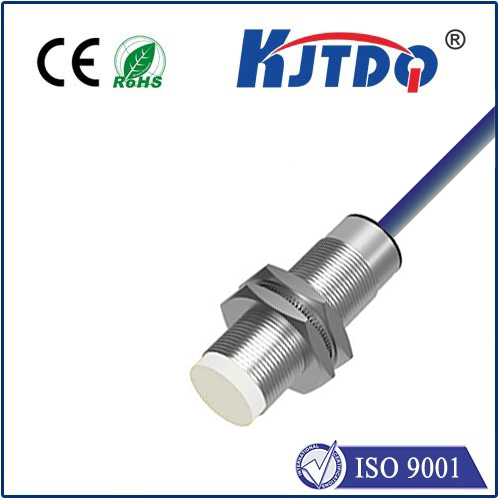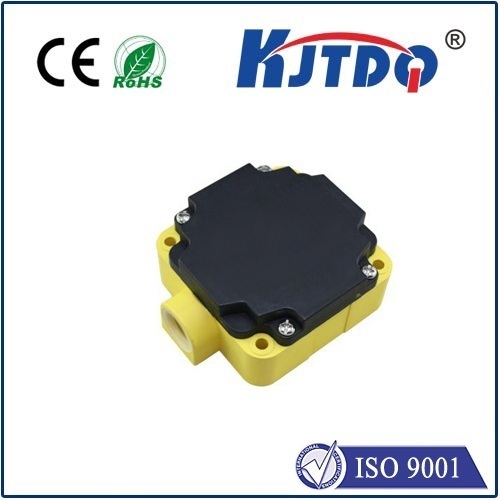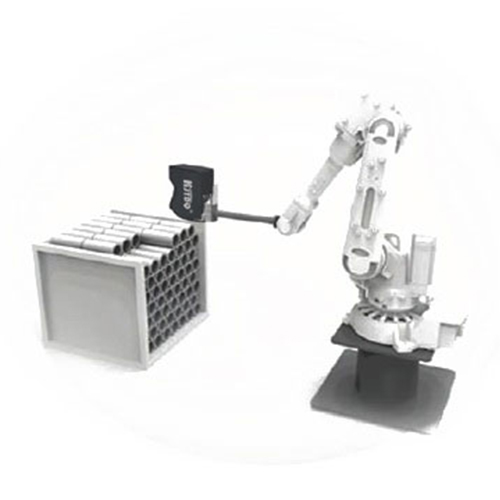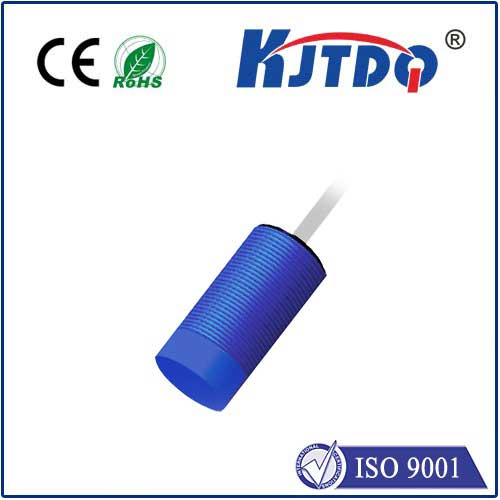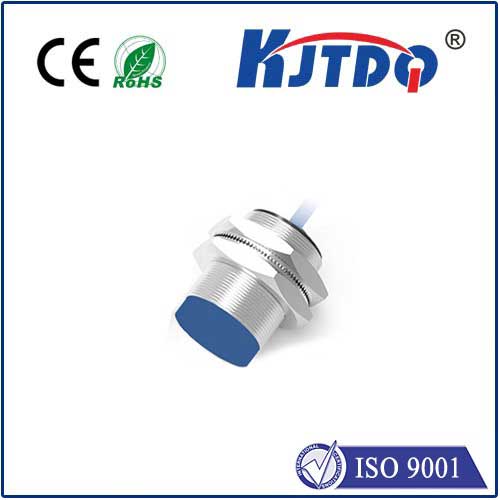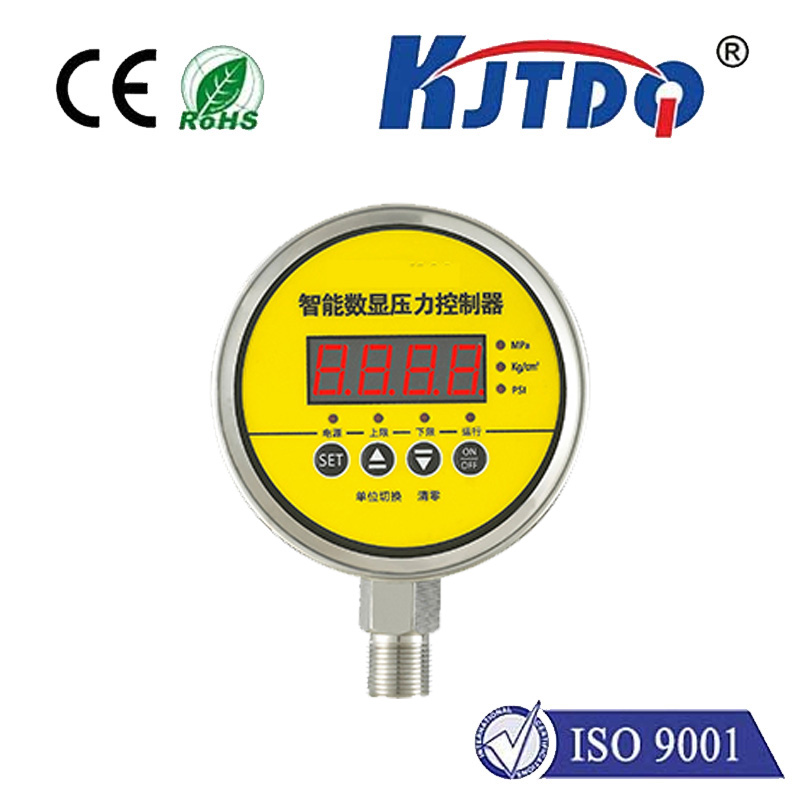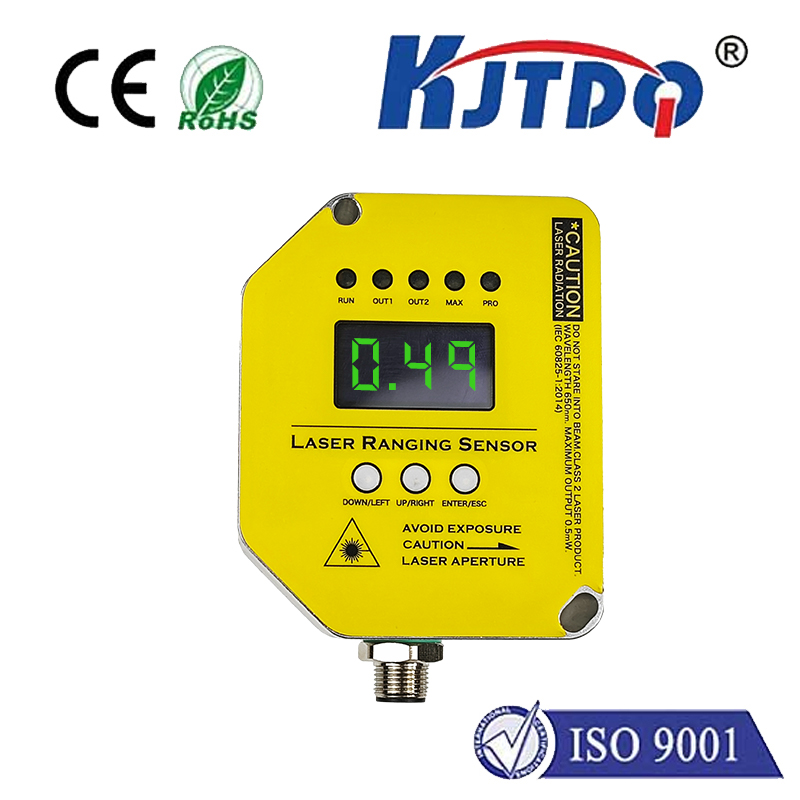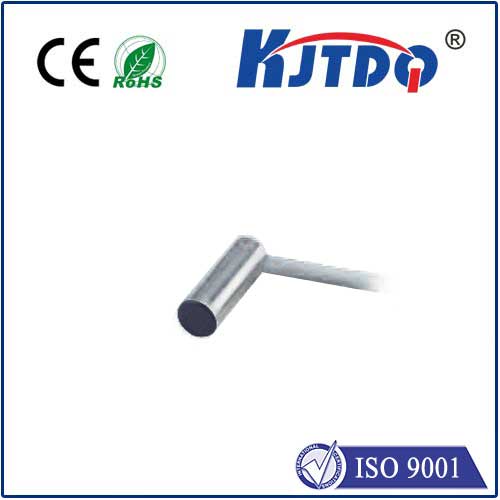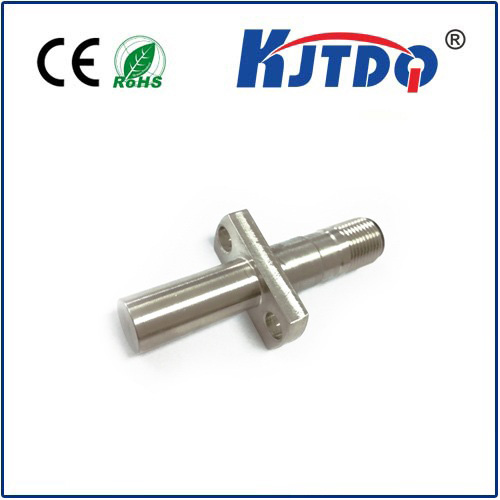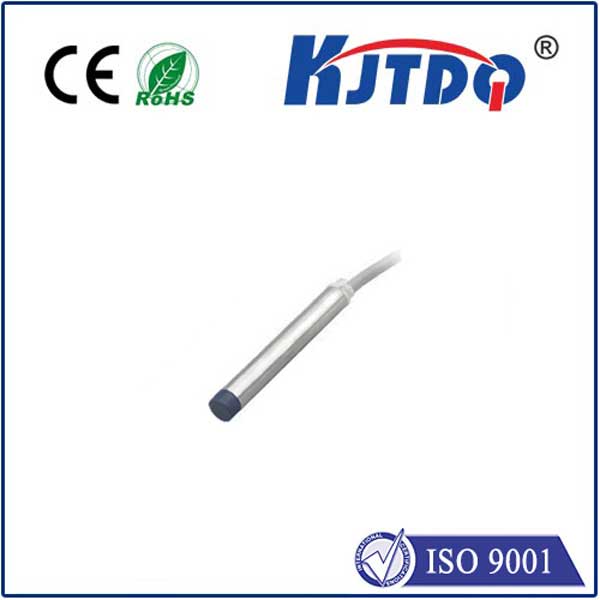

check

check

check

check

check

check

check

check

check

check
Imagine a robotic arm poised to pick a specific box on a busy conveyor belt. Nearby pallets and the moving belt itself create visual chaos. Will it grab the right item? Standard sensors often stumble here, mistaking the background clutter for the target, leading to frustrating errors and costly downtime. This ubiquitous challenge in industrial automation underscores the critical need for sensors that discern the object despite its surroundings. Enter the E3ZM-D62 diffuse photoelectric sensor with genuine background suppression, engineered specifically to deliver crystal-clear, reliable object detection over distances up to 5 meters, cutting through interference effortlessly.
Understanding the Core Challenge: Why Backgrounds Matter
Diffuse photoelectric sensors are widely used for presence detection. They work by emitting light (typically infrared LED) and detecting the portion reflected directly back from a target object. However, traditional diffuse sensors have a significant limitation: they measure the total intensity of reflected light returning to the receiver. This means they can’t reliably distinguish between light reflected from the intended target object and light reflected from surfaces behind or around it – the problematic background.
In many real-world applications—like detecting packages on a dark conveyor belt, pallets against a wall, or components on a machine bed—the background is always present. A conventional sensor might trigger falsely because of the background or fail to detect the target object because its reflected signal isn’t sufficiently stronger than the background’s. This unreliability translates directly into process inefficiency and errors.
The E3ZM-D62 Solution: Intelligent Background Suppression Technology
The E3ZM-D62 incorporates sophisticated background suppression (BGS) technology precisely to overcome this limitation. This isn’t a simple filter; it’s an intelligent sensing method. Unlike traditional diffuse sensors measuring overall light intensity, BGS works on the principle of triangulation.

This sophisticated methodology empowers the E3ZM-D62 to perform reliably even in complex scenarios, such as detecting:
Key Performance Advantages of the E3ZM-D62
The integration of true background suppression unlocks several compelling benefits:
Where the E3ZM-D62 Excels: Real-World Applications
The combination of long reach, background immunity, and ruggedness makes the E3ZM-D62 indispensable across numerous sectors:
BGS vs. Standard Diffuse: A Critical Distinction
It’s vital to understand that background suppression (BGS) differs fundamentally from background elimination (BGE) or other methods sometimes mistakenly grouped together. BGE typically uses physical methods (like mechanical baffles or polarized light) primarily to eliminate very close-in background interference immediately adjacent to the sensor face. True BGS, as employed in the E3ZM-D62, uses the optical triangulation principle explained earlier to create a defined sensing range zone and actively suppress signals originating from objects beyond this zone, regardless of their proximity to the sensor’s face (within its overall operating range). This makes genuine BGS far more versatile and reliable for dealing with complex distant backgrounds.
Implementing the E3ZM-D62 Effectively
Selecting the right sensor involves careful consideration:
Conclusion: Precision Where Complexity Reigns
In environments cluttered with visual noise where reliable object detection is non-negotiable, the E3ZM-D62 diffuse sensor with background suppression provides an intelligent solution. Its ability to deliver stable 5-meter detection, actively suppressing complex background interference, translates directly into smoother operations, reduced error rates, and lower maintenance costs across logistics, manufacturing, and automation landscapes. When consistent performance is paramount amidst challenging conditions, the E3ZM-D62 stands out as a beacon of optical sensing reliability.
